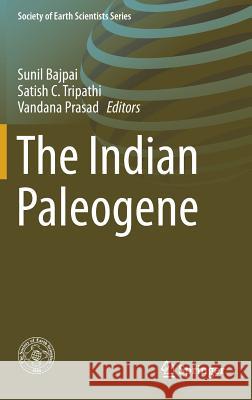The Indian Paleogene » książka
topmenu
The Indian Paleogene
ISBN-13: 9783319774428 / Angielski / Twarda / 2018 / 327 str.
Kategorie BISAC:
Wydawca:
Springer
Seria wydawnicza:
Język:
Angielski
ISBN-13:
9783319774428
Rok wydania:
2018
Wydanie:
2018
Ilość stron:
327
Waga:
0.65 kg
Wymiary:
23.39 x 15.6 x 2.06
Oprawa:
Twarda
Wolumenów:
01
Dodatkowe informacje:
Wydanie ilustrowane











